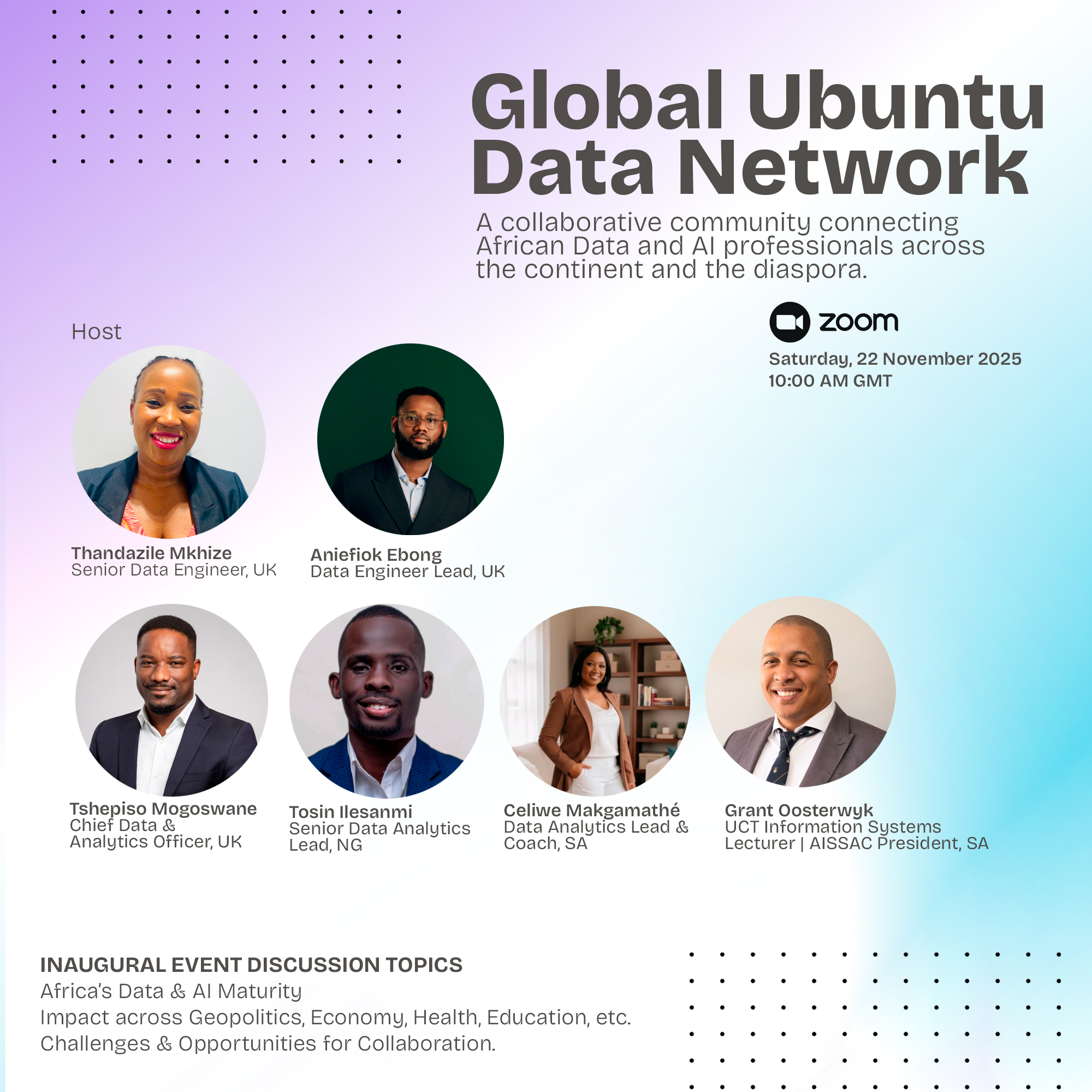Introduction
Understanding the historical evolution of information systems (IS) is crucial for grasping the current landscape of technology within organizations. Foundational papers and milestones from past decades provide valuable insights into how the field has developed and why certain practices exist today. This article traces the progression of information systems from the 1960s to the present day, highlighting key technological advancements, shifts in organizational impact, and the changing role of IS within businesses.
Organizational Structure and Information Systems
Organizations can generally be divided into three hierarchical levels:
- Top Management: Responsible for strategic planning, setting organizational goals, and resource allocation to achieve these objectives.
- Middle Management: Focused on management control, utilizing allocated resources efficiently and effectively to implement strategies.
- Operational Level: Involved in day-to-day tasks and customer-facing activities, ensuring operational control and execution of plans.
The impact of information systems on these levels has evolved significantly over time, influenced by technological advancements and changing business needs.
The 1960s: The Era of Mainframes
Centralized Computing and Operational Efficiency
In the 1960s, computing was dominated by mainframe computers, primarily supplied by IBM—often referred to as “Big Blue.” These massive machines were housed in specialized rooms, isolated from the rest of the organization, and were primarily used for transaction processing and complex calculations.
- Centralization: Computing power was concentrated in a single location, managed by specialized technicians.
- Reactive Approach: Organizations adapted to the capabilities and limitations of the mainframe, rather than proactively leveraging technology for strategic purposes.
- Focus on Efficiency: The primary goal was to maximize output (calculations and data processing) with minimal input, replacing manual computations and streamlining operational tasks.
The impact of computing during this era was mainly at the operational level. Most employees, especially in middle and top management, were largely unaware of the intricacies of computing technology, viewing it as a specialized function handled by technical experts.
The 1970s: Transition from Data to Information
Emergence of Electronic Data Processing (EDP)
As organizations accumulated vast amounts of data through automated transactions, there was a growing realization of the potential value in transforming this data into meaningful information.
- Data to Information: The shift focused on converting raw data (unprocessed facts) into information that could inform decision-making by reducing uncertainty.
- Middle Management Reports: Technical staff began generating scheduled reports for middle managers, initially overwhelming them with data dumps but gradually improving the usefulness of these reports through collaboration.
- Push of Information: Information was pushed to managers based on what technical staff deemed important, often without direct input from the end-users.
During this period, IT groups were commonly referred to as Electronic Data Processing (EDP) departments, reflecting the focus on processing and managing data electronically. Later, the term Management Information Systems (MIS) became prevalent, emphasizing the role of information in supporting management activities.
The 1980s: The Personal Computer Revolution
Empowerment through Decision Support Systems (DSS)
The introduction of personal computers (PCs) in the 1980s marked a significant shift in computing:
- Decentralization: PCs brought computing power directly to individual managers, reducing reliance on centralized mainframes.
- Tools for Managers: Software like VisiCalc (a spreadsheet program), WordStar (word processing), and Lotus 1-2-3 enabled managers to perform their own analyses and create documents.
- Decision Support Systems: The focus shifted to supporting managerial decision-making processes, with systems designed to aid in analyzing data and making informed choices.
- Pull of Information: Managers could now pull the information they needed, rather than waiting for reports generated by IT departments.
Conflict Between MIS Departments and End-Users
The rise of end-user computing led to tensions within organizations:
- Control Over Computing Resources: MIS departments felt threatened as managers began performing tasks traditionally handled by IT professionals.
- Concerns Over Professionalism and Data Integrity: MIS staff were worried about non-technical users mishandling data, lacking proper documentation, and potentially corrupting databases.
- End-User Computing Debates: Academic journals like MIS Quarterly published numerous articles on the topic, discussing the optimal structure for computing control within organizations.
Eventually, organizations recognized the need to support end-users, leading MIS departments to establish help centers and information centers to assist managers in leveraging technology effectively.
The 1990s: Strategic Information Systems and Consolidation
Leveraging IT for Competitive Advantage
In the 1990s, companies began using information systems not just for efficiency but as a strategic asset:
- Strategic Information Systems (SIS): Systems designed to provide a competitive edge by improving customer service, streamlining operations, and creating barriers to entry for competitors.
- Examples:
- American Airlines’ SABRE System: Initially developed for internal use, the Semi-Automated Business Research Environment (SABRE) was offered to travel agents, revolutionizing airline reservations and giving American Airlines a significant competitive advantage.
- American Hospital Supply: Provided hospital customers with direct access to inventory systems, creating an “umbilical cord” that increased switching costs and customer loyalty.
Impact on Top Management and Strategic Planning
The strategic use of information systems required top management involvement:
- Strategic Planning: Information systems became integral to organizational strategy, influencing decisions at the highest levels.
- Industry Transformation: Companies that effectively leveraged IS for strategic purposes could reshape industries and outperform competitors.
Enterprise Resource Planning (ERP) and Systems Consolidation
Towards the late 1990s, organizations sought to integrate various systems:
- ERP Systems: Solutions like SAP and Oracle provided platforms to consolidate transaction processing, decision support, and strategic systems into a unified architecture.
- Benefits:
- Improved Data Consistency: Eliminated data silos and inconsistencies across departments.
- Streamlined Processes: Automated and standardized business processes across the organization.
The 2000s: The Internet and E-Commerce Boom
The Dot-Com Bubble and E-Commerce
The advent of the internet in the late 1990s and early 2000s revolutionized business:
- E-Commerce Emergence: Companies like Amazon and eBay leveraged the internet to create new business models, focusing on online sales and services.
- Dot-Com Bubble: A period of excessive speculation and investment in internet-based companies, many of which lacked sustainable business models.
- Valuations Skyrocketed: Companies with a “.com” suffix saw inflated stock prices despite not generating profits.
- Focus on Revenue Growth: Investors prioritized revenue growth over profitability, expecting future profits to materialize.
Impact on Organizations and MIS Research
- Business Model Innovation: Organizations explored new ways to deliver products and services online, transforming traditional industries.
- Research Focus:
- E-Commerce Strategies: Studying effective online business practices.
- Website Usability: Improving user experience to facilitate online transactions.
- Digital Marketing: Leveraging the internet for advertising and customer engagement.
2005 Onwards: Digital Transformation and Liquefaction of IT
The Shift to a Proactive, Diffused Environment
The period from 2005 onwards has been characterized by rapid digital transformation:
- Liquefaction of IT: Transition from physical hardware and software to digital flows and cloud-based services.
- Emergence of SMAC Technologies:
- Social Media: Platforms enabling new forms of communication and customer engagement.
- Mobile Computing: Smartphones and tablets allowing anytime, anywhere access to information.
- Analytics (Big Data): Advanced analytics processing vast amounts of data for insights.
- Cloud Computing: On-demand access to computing resources over the internet.
From Efficiency to Effectiveness
- Proactive Approach: Organizations must actively plan and innovate to leverage new technologies effectively.
- Focus on Effectiveness: Emphasis on achieving strategic goals and doing the right things, not just doing things right.
- Efficiency: Maximizing output for a given input.
- Effectiveness: Meeting organizational goals and delivering value.
Impact Beyond the Organization
- Extended Reach: Information systems now impact not just internal operations but also relationships with suppliers, customers, and partners.
- Digital Ecosystems: Organizations participate in broader digital networks, collaborating and competing on a global scale.
Conclusion
The evolution of information systems reflects the dynamic interplay between technology advancements and organizational needs. From the centralized mainframes of the 1960s to today’s diffused and proactive digital environments, each era brought new challenges and opportunities.
Understanding this historical context is essential for:
- Evaluating Foundational Research: Recognizing the impact of seminal papers within their time and their relevance today.
- Informing Current Research: Building upon past knowledge to address contemporary issues in information systems.
- Strategic Planning: Leveraging technology effectively requires awareness of both historical trends and future possibilities.
As technology continues to evolve, organizations and researchers must remain agile, adapting to changes and proactively shaping the future of information systems.










Leave a Reply